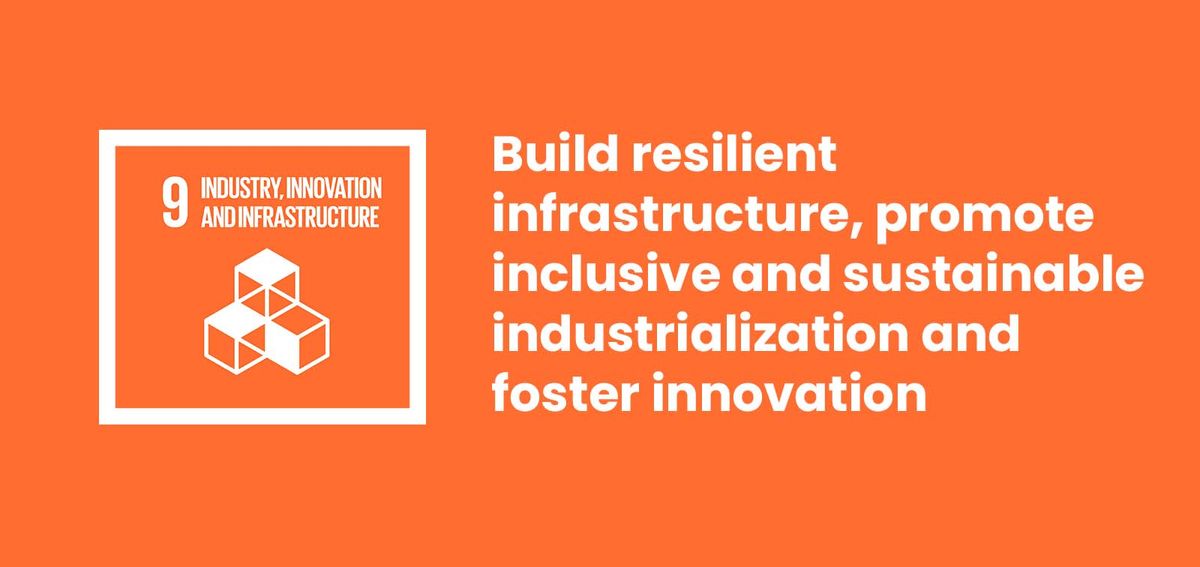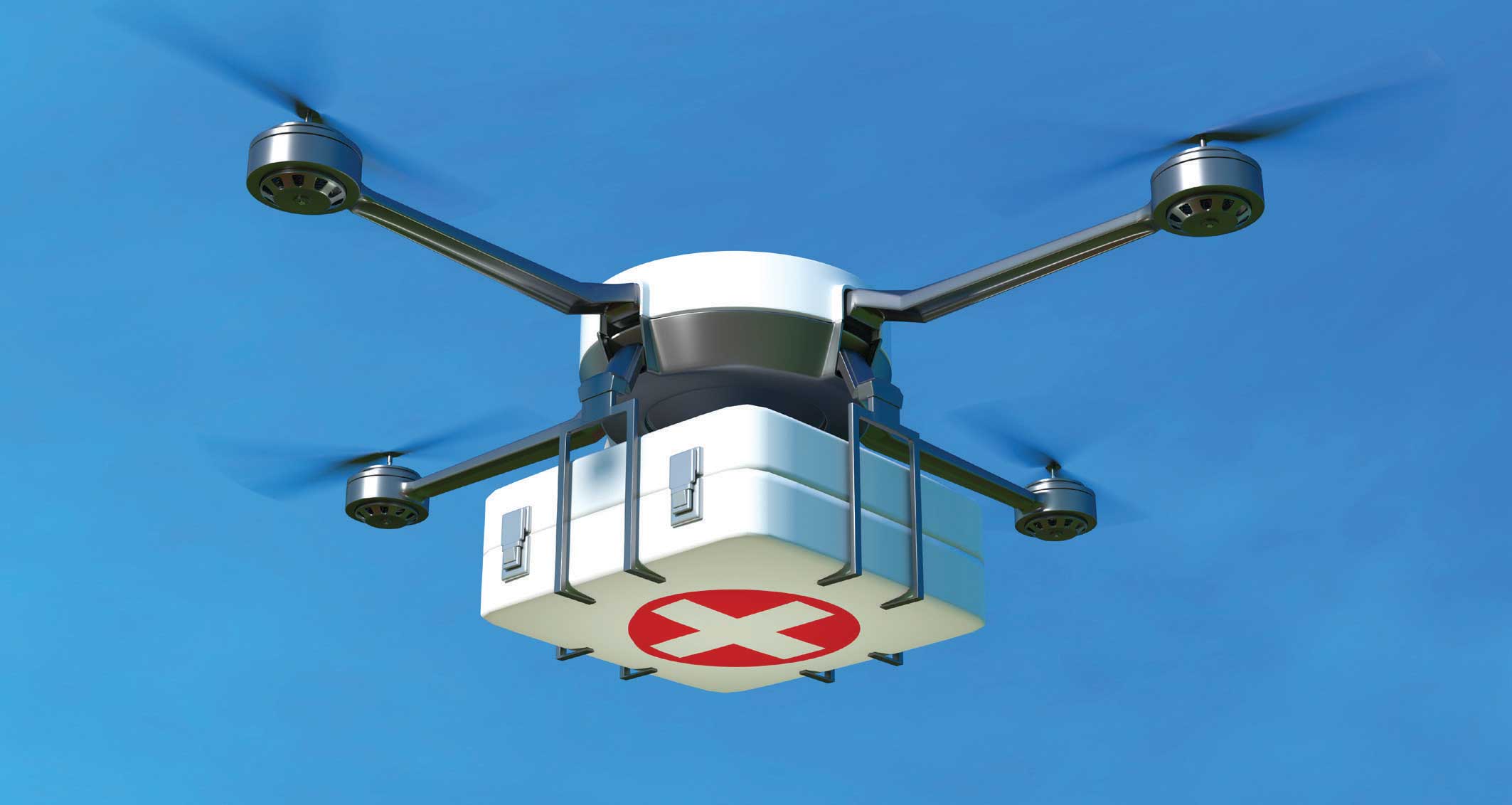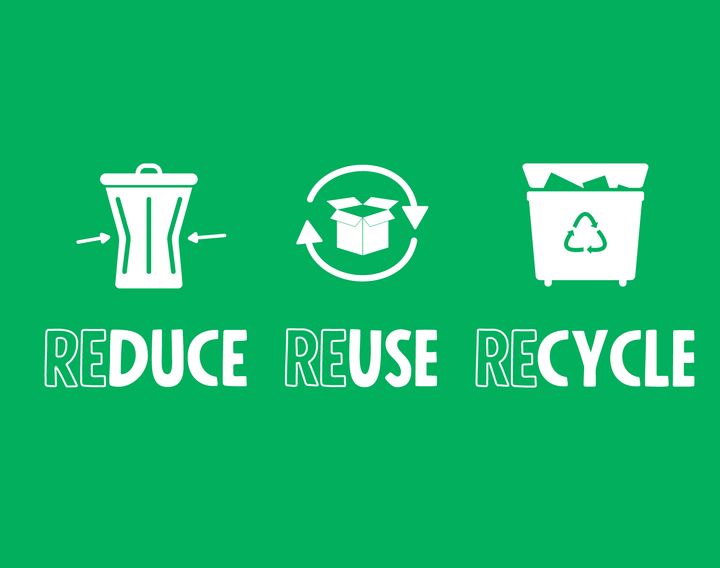Building Resilient Infrastructure: Exploring the Significance of SDG 9 and Swansea University's Contributions
Join us in discovering the critical importance of SDG 9 in building sustainable infrastructure, including a closer look at Swansea University's innovative contributions.

The Fight for our Planet
SDG 9Building resilient infrastructure, advancing sustainable industrialization, and encouraging innovation are the three main objectives of the United Nations Sustainable Development Goal 9. This objective acknowledges that innovation and infrastructure, along with inclusive and sustainable industrialization, can foster dynamic and competitive economic forces that produce employment and income while lowering poverty and fostering sustainability. However, despite the progress made over the years, the goal of doubling the industry's share of GDP by 2030 still faces significant challenges. We will examine SDG 9's current status, how it is being implemented and demonstrated right now, and how Swansea University has incorporated it in this blog post.
Facilitating sustainable and resilient infrastructure development in developing nations is one of SDG 9's objectives, and it can be done by providing better financial, technological, and technical assistance to African nations, least developed nations, landlocked developing nations, and small island developing States. The internet has been widely adopted as a result of the mobile sector's explosive growth over the past ten years, which saw mobile-cellular subscription penetration rise from 41.7% in 2006 to almost 100% by the end of 2016. Aside from that, despite the slowdown, the global share of GDP in terms of manufacturing value added increased slightly from 15.9% in 2008 to 16.5% in 2015, but it remained unchanged in 2018
Numerous case studies show how SDG 9 has been implemented and demonstrated. For instance, the government of the Philippines is putting SDG 9 into practise by building environmentally friendly infrastructures like the Bataan Nuclear Power Plant, which aims to offer a dependable and sustainable source of electricity . In Kenya, the government and the private sector have collaborated to create sustainable infrastructure and renewable energy projects that have sped up economic development and opened up job opportunities. In addition, the implementation of SDG 9 has sparked innovations across a number of industries, including transportation, healthcare, and agriculture. For instance, the use of drones in the delivery of healthcare has increased access to care in rural and underserved areas.

Several initiatives are in progress to address the issue of the low manufacturing share in Least Developed Countries (LDCs). One such programme is the Enhanced Integrated Framework (EIF), which offers LDCs financial and technical support to enable their participation in the world trading system. The Aid for Trade initiative is another initiative that aims to aid developing nations, especially LDCs, in developing their infrastructure and capacity for trade. Additionally, initiatives are being made to boost private sector investment in LDCs, which can support economic expansion and diversify their economies. The African Development Bank, for instance, established the Africa Investment Forum (AIF) in 2018 with the goal of bringing together investors, project sponsors, and other stakeholders to quicken investment in Africa.
Despite the forward progress, SDG 9 still requires more work to be accomplished. To achieve this, Governments, non-governmental organisations, the private sector, and civil society must work together on this. By developing sound policies, legal and regulatory frameworks, and making infrastructure investments, governments must foster the conditions necessary for sustainable industrialization. To support developing nations' participation in the world trading system and the development of their infrastructure and capacity for trade, international organisations must offer financial and technical support, especially to LDCs. By promoting laws and procedures that benefit all people, including disadvantaged groups, civil society can help industrialization become more sustainable and inclusive.
Swansea University's engagement with SDG 9
Swansea University's strategic plan includes SDG 9, Industry, Innovation, and Infrastructure, in accordance with the Sustainable Development Goals of the United Nations. The University is dedicated to achieving sustainable development through innovation and the building of infrastructure in the local and global community as a research-led organisation. This section will list briefly how Swansea University engages with SDG 9.
By conducting research on cutting-edge materials and technologies, Swansea University's Institute for Innovative Materials, Processing and Numerical Technologies (IMPACT) has been advancing SDG 9. IMPACT is working to create cutting-edge, environmentally friendly technologies for a variety of industries, including aerospace, healthcare, and energy. For instance, researchers at IMPACT are investigating the potential of cutting-edge nanomaterials in the creation of renewable energy sources like solar cells and hydrogen storage technologies. The goal of this research is to improve energy efficiency and lessen the energy sector's carbon footprint.

The Swansea University curriculum also includes SDG 9 and other SDGs for sustainable development. Through various academic programmes, research projects, and internships, students are urged to get involved with SDG 9. For example, the College of Engineering has incorporated the SDGs into its curricula to guarantee that students are given the knowledge and skills they need to address sustainability issues in their future careers. My own personal engagement with SDG 9 is through Swansea's Global Citizen Award.
In addition, the University works in partnerships with numerous groups, both nationally and internationally, to advance SDG 9. Swansea University received a Times Higher Education (THE) Award for Outstanding Contribution to Innovation and Technology in recognition of its work advancing sustainable development through the creation of the SPECIFIC Innovation and Knowledge Center (IKC). The SPECIFIC IKC seeks to develop cutting-edge building-integrated photovoltaic technologies to address the issues of energy efficiency and renewable energy.
Final Thoughts
To sum up, SDG 9 is extremely important for ensuring resilient and sustainable infrastructure development, encouraging sustainable industrialization, and stimulating innovation. As we've seen, the SDG 9 targets are crucial to achieving a number of other SDGs, including those pertaining to eradicating poverty, advancing gender equality, and combating climate change.
Additionally, Swansea University proactive approach to achieving SDG 9 is important in setting the standards for universities and other businesses. The university is actively working to build a sustainable and resilient future, from implementing green energy solutions to encouraging cutting-edge research and development.
However, more than one institution or organization's efforts will be needed to meet SDG 9. To bring about the required changes, governments, corporations, civil society organisations, and individuals must act jointly.
As a result, we must keep spreading the word about SDG 9's significance and work to fulfil its objectives. We can ensure a better and more sustainable future for present and future generations by doing this.




